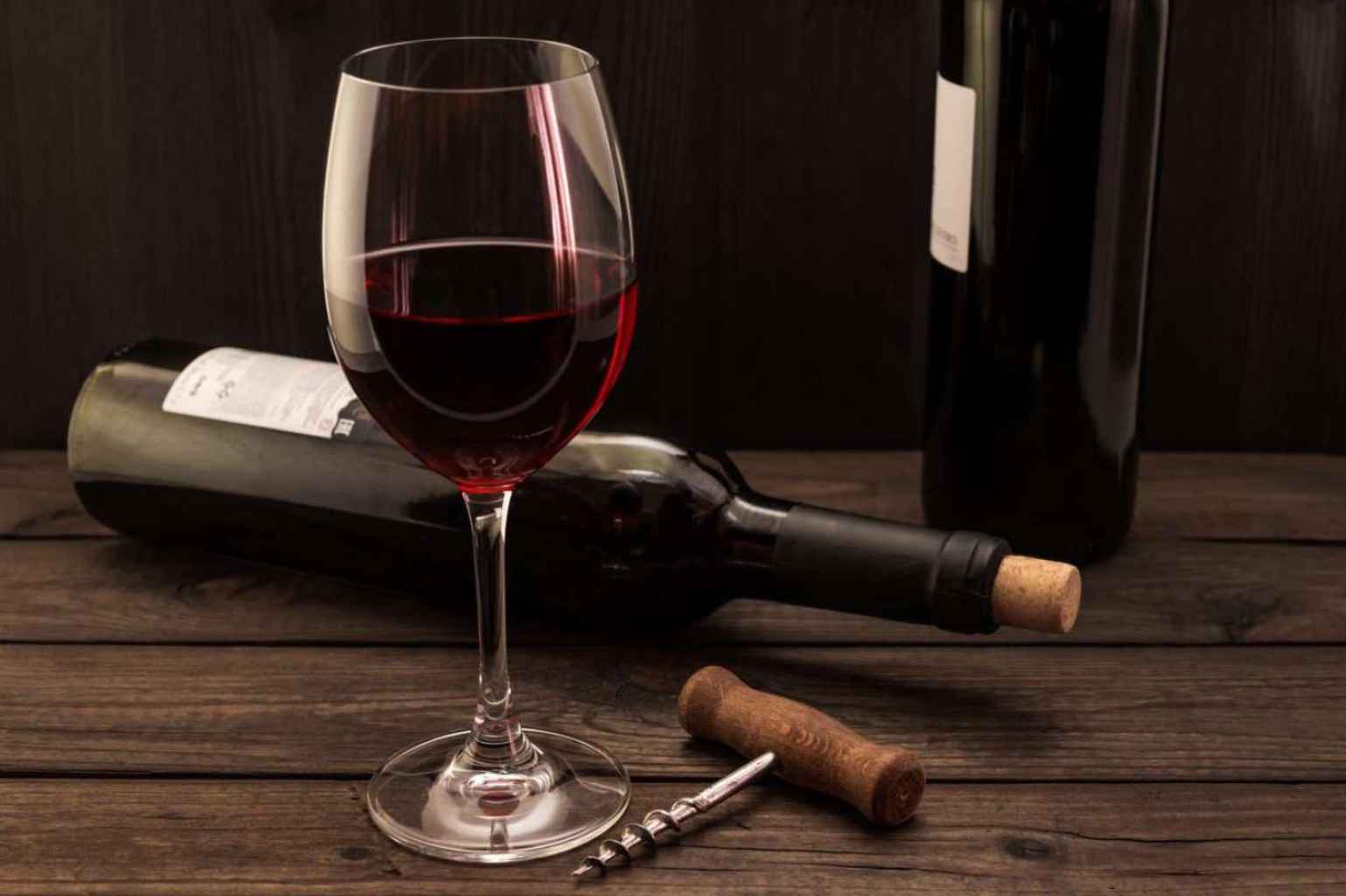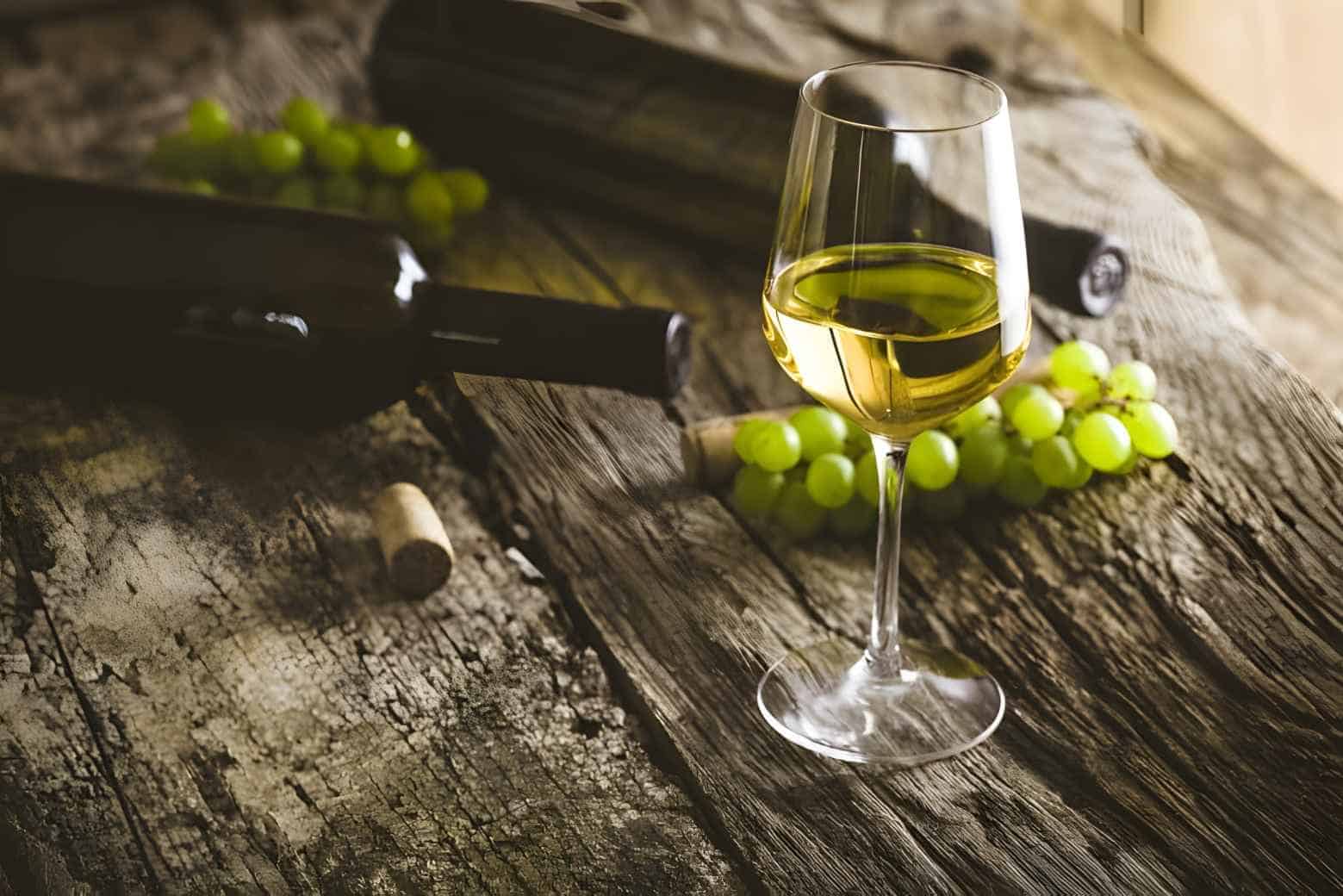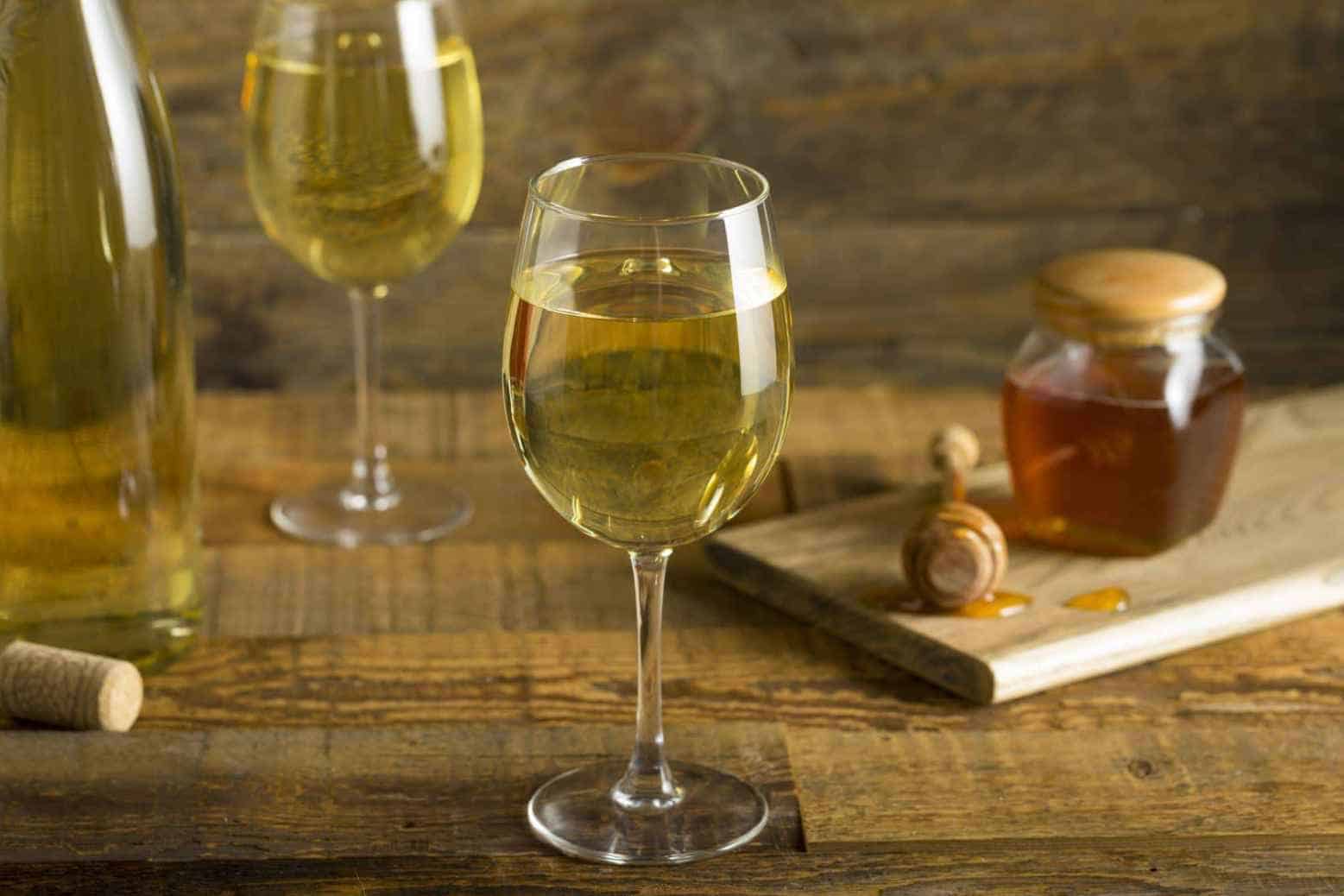Wines differ in terms of ingredients, alcohol, sugar, and calorie content. Regarding your favorite drink, maintaining a healthy lifestyle and indulging can be challenging.
Which wine has the fewest calories? What wines are suitable for dieters? We’ve listed the wine classifications and calorie content to help you decide which is best. Find out which wines have the fewest calories to enjoy your favorite drinks while staying healthy.
Five classifications of wine
You’ve heard about Pinot Noir, Chardonnay, Merlot, Sauvignon Blanc, Champagne, and many more wine names. There are a lot of wines that you can buy that get confusing.
There are only five classifications of wines – red wine, white one, rose wine, sparkling wine, and dessert wine. The wines mentioned at the beginning of this section above fall under these five classifications.
Red Wine

Red wine is the most famous type of wine. Red wines are made from fermented dark-colored grapes with skin, which makes them red. Tannin, a chemical found in red grapes, gives them their color. Red wine’s tastes range from sweet and dark to bitter, sour, and spicy.
Some people unfamiliar with wines believe red wine should taste sweet like grape juice, but this is only sometimes the case. Some red wines are so powerful that you can’t taste the grapes. Red wine, specifically Pinot Noir, is good for the heart.
White Wine

White wine is made from grapes, like most wines, but they are white or green. Dark-colored grapes can also be used to make white wine without the skin, so it doesn’t have the red-colored tannin that gives red wine its color.
Compared to red wines, white wines are lighter in color and taste. Most white wines have the right balance of sweet and bitter flavors, which makes them more refreshing. White wines have a fruity taste and are mostly used as flavor enhancers in cooking.
Rose Wine

A rosé wine is almost the same as red wine, made from dark-colored grapes but has less tannin. During the fermentation process, the grape skins are cut short and only stay on for a few days, enough to turn the wine pink.
The rose is a good choice if you’ve never tried wine before. This wine is better for you than beer, so you can drink it instead. Like strawberry, cherry, or citrus, most wines have a fruity taste. Among wines, it has the narrowest window of availability, from late spring to early fall.
Sparkling Wine

Sparkling wine is another type of wine. It is still made from fermented grape juice. Still, it also has alcohol and carbon dioxide molecules, making it fizzy and bubbly. Sparkling wines can be sweet, fruity, or dry, just like other types of wine.
Some sparkling wines have light, refined smells and tastes that are refreshing. Wine experts say sparkling wines’ flavors are creamy, toasty, fruity, golden, and crisp.
Because the bubbles make these wines look sparkling, they are often served at special events. Apple, citrus, vanilla, strawberry, and nutty flavors are usually found in sparkling wines.
Dessert wine

Dessert wines, as the name suggests, are typically consumed with or after dessert. Dessert wines are sweeter than traditional wines because water is removed during fermentation while sugar and some solids remain.
In addition to having a higher sugar content, dessert wines also have a higher alcohol content of at least 15%. This is because dessert wines are made from ripened fruits, which produce more alcohol during fermentation.
Dessert wine is any wine with at least 15% alcohol content, whether red, white, or sparkling. Dessert wines are more expensive than regular wines.
Calories in red wine
Red wine, as the heavier wine, has the most calories of any wine type. A glass of red wine contains approximately 125 calories, and a 750ml bottle contains around 625 calories.
Suppose you enjoy red wines but are concerned about your calorie intake. In that case, you can check the label to see how many calories that wine contains. Red wine has about 25 calories per ounce. [Red Wine Nutrition Fact]
|
Calories |
Wine
|
|
109-120 Calories |
● Carigane ● Gamay ● Lemberger |
|
121-122 Calories |
● Carbernet ● Claret ● Merlot ● Pinot Noir ● Syrah |
|
125-129 Calories |
● Barbera ● Burgundy ● Petite Sirah ● Sangiovese ● Mouvedre ● Zinfandel |
Calories in white wine
Because of its refreshing flavor, many prefer white wine to red wine. Aside from taste, white wine has less sugar than other wines.
However, it should be noted that some white wine has sugar added during fermentation, so checking the nutritional label is still important. White wine has 24 calories per ounce on average. A glass of white wine contains approximately 120 calories, while a 750mL bottle contains approximately 600 calories. [How Many Calories in a Glass of White Wine?]
|
Wine names |
Calorie content |
|
White Sparkling Wine |
96 |
|
Champagne |
96 |
|
Chardonnay |
118 |
|
Riesling |
118 |
|
Gewurztraminer |
119 |
|
Cabernet Sauvignon |
120 |
|
Pinot Noir |
121 |
|
Merlot |
122 |
|
Pinot Gris |
122 |
|
Syrah |
122 |
|
Red Zinfandel |
129 |
|
Late Harvest Wine |
172 |
|
Sherry dry |
215 |
|
Sherry sweet |
227 |
|
Port |
232 |
Calories in rose wine
Rosé wine is a less well-known type of wine than red and white wines but did you know that rose wine has fewer calories than the other types of wine? Rose wine is light and refreshing, making it ideal for drinking after meals.
A serving of 5 ounces of white wine contains approximately 100 calories, with an average of 150 calories per glass. Rosé wine is a diet-friendly wine because it is low in calories. A 750ml bottle of rose wine contains approximately 625 calories.
|
Wine Name |
Calorie Content |
|
California White Zinfandel |
108 |
|
Provencal Rose (dry wine) |
81 |
|
Portuguese Rose |
90 |
|
Spanish Rose |
90-100 |
Calories in sparkling wines
Sparkling wine contains the fewest calories for dieters. Additionally, it has less alcohol than other types of wine. This is because cooler climates, which tend to produce wines with lower alcohol concentrations, are usually where sparkling wines are made.
A glass of sparkling wine contains an average of 90 to 100 calories. A 750 ml bottle of sparkling wine contains between 495 and 600 calories. Champagne has fewer calories than both white and red wine. A standard glass of Champagne contains approximately 80 calories.
|
Wine Type |
Calorie Content |
|
Extra Brut |
91-96 |
|
Brut |
91-98 |
|
Extra Dry |
98-101 |
|
Dry |
101-111 |
|
Semi-Dry |
111-121 |
|
Sweet |
121+ |
Here is a summary of the wine calorie content of each wine.
|
Type of Wine |
Calorie Content |
Examples |
|
Light Alcohol Sweet White |
111-147 |
● German Spatlese Riesling ● Moscato d’Asti ● Grüner Veltiner ● Müller Thurgau ● Chenin Blanc |
|
High Alcohol Sweet White |
177-213 |
● Gewurztraminer ● Moscato (US) ● Ausclese Riesling ● Tokaji ● Silvaner ● Malvasia |
|
Light Alcohol Dry White |
107-143 |
● Pinot Grigio ● Albariño ● Vinho Verde ● Torrontes ● Trebbiano ● Muscadet ● Pinot Blanc ● Picpoul ● Vermentino ● Grenache Blanc ● Verdejo ● Assytiko |
|
High Alcohol Dry White |
153-173 |
● Chardonnay ● Sauvignon blanc ● Torrontes ● Muscadet ● Pinot Blanc ● Viognier ● Marsanne ● Roussanne |
|
Light Alcohol Red |
135-165 |
From Pinot Noir to Cabernet Sauvignon and Syrah.. any dry red wine with less than 13.5% ABV |
|
High Alcohol Red |
165-195 |
From Pinot Noir to Cabernet Sauvignon and Syrah.. any dry red wine |
|
Sparkling Wine |
158 |
● Brut Champagne ● Brut Cava ● Most sparkling wines with ‘Brut’ rating |
|
Sweet Dessert Wine |
189-275 |
● Port ● Tawny Port ● Sherry ● PX ● Sauternes |
Calories in wine vs beer
Wine and beer are two beverages that people enjoy drinking. They are made from different ingredients, as beer is made from grains and wine from grapes and other tropical fruits. Since they are generated from various sources, their caloric content also varies.
While a glass of beer has roughly 300 calories, a glass of wine has about 120 calories. Beer’s calories come from carbohydrates, but wine’s calories come from the grapes’ sugar content. Wine has fewer calories than beer.
Calories in wine vs vodka
Compared to beer, wine, and vodka are two low-calorie beverages. However, suppose you are on a strict diet. In that case, vodka is the best option due to its extremely low calorie and carbohydrate content.
But it’s important to remember that wine and vodka are served in different ways. Wine is served by the glass, while vodka is served by the shot. The higher the proof of vodka, the more calories it contains.
A 1.5-ounce shot of 70-proof vodka contains only 85 calories. In comparison, a 100-proof shot contains 124 calories, which is still less than the average calorie content of wine. Vodka is regarded as a significantly lower-calorie alternative to beer and wine.
Conclusion
Red wine has the highest caloric content of all wine varieties, with an average of 125 calories per serving. Rose and sparkling wines contain the least calories, with 90 to 100 calories per 5 ounces.
Wine benefits health if consumed in moderation and the appropriate servings. Pinot Noir is the lowest-calorie red wine, with only 123 calories. At the same time, Champagne is the lowest-calorie alcoholic beverage, with only 80 calories.

George Moore, co-founder of Wine Flavor Guru, is a charismatic entrepreneur with a rich background in California’s wine industry. Alongside Sylvia, he transformed a Sonoma County vineyard into a source of premium wines. George’s expertise in sourcing exceptional grapes and his approachable style make wine appreciation both accessible and engaging.
